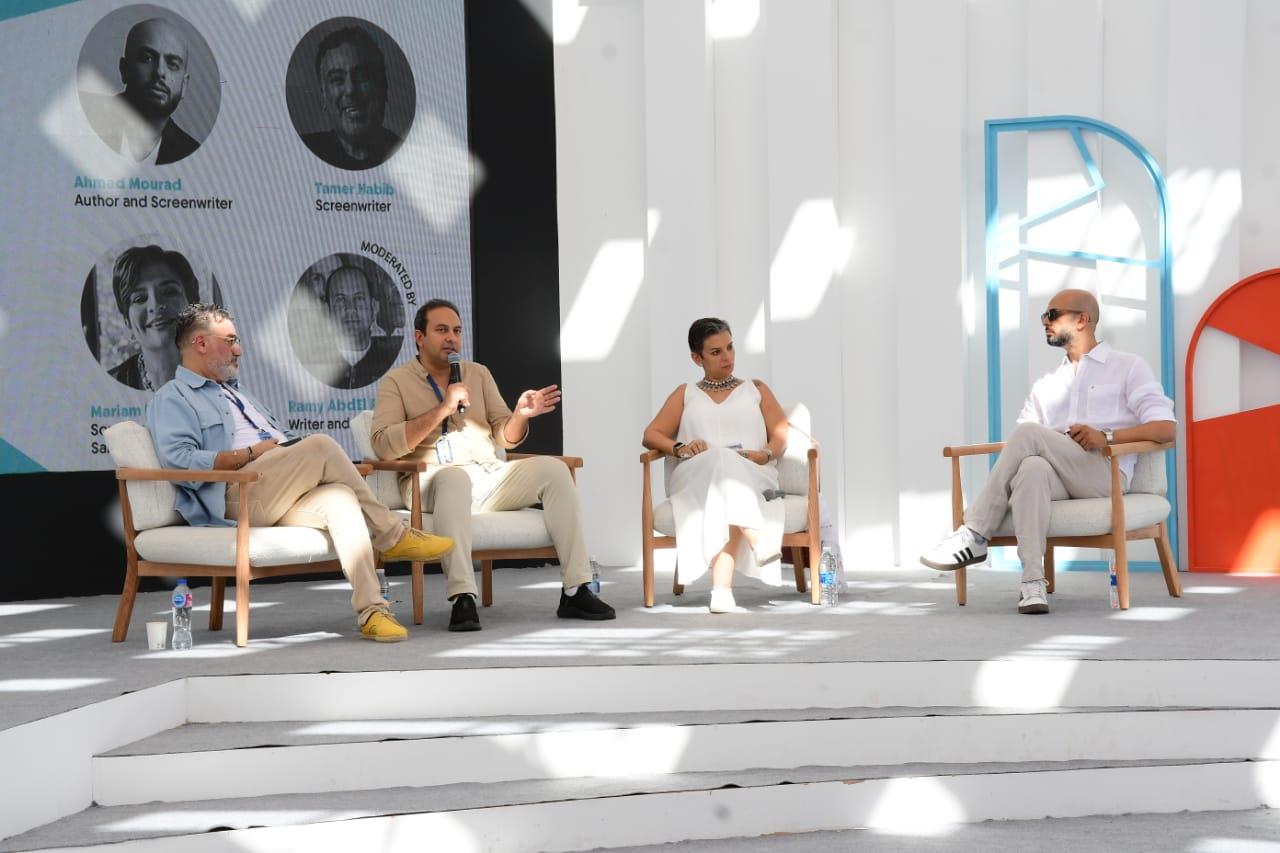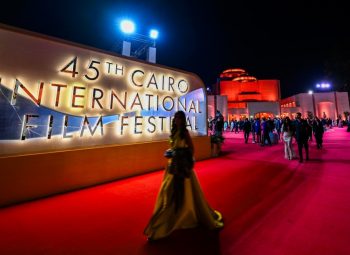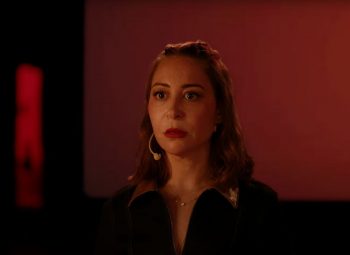During its seventh edition, the El Gouna Film Festival hosted a fascinating panel discussion titled From Book to Screen: Bridging Literature and Cinema. This event gathered esteemed writers who have successfully adapted literary works into films and television series, exploring the process of this transformation within the industry and beyond.
Moderated by film critic Rami Abdel Razek, the panel featured notable writers Mariam Naoum, Tamer Habib, and Ahmed Murad, each sharing their unique perspectives on this crucial aspect of filmmaking. The discussion delved into the multifaceted journey of adapting novels and short stories into cinematic experiences.
The Art of Adaptation
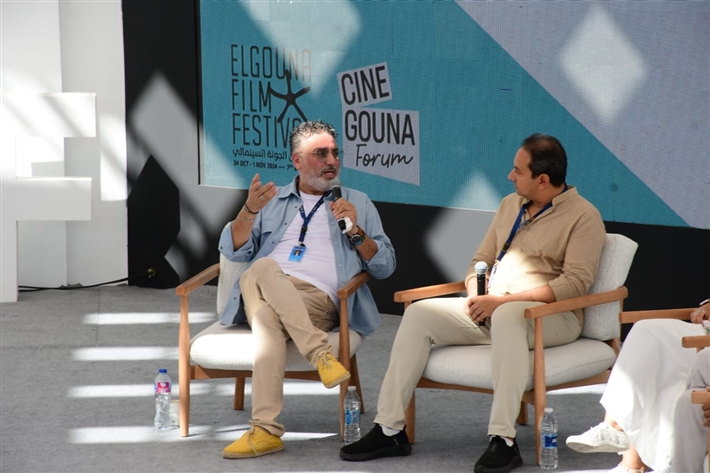
Tamer Habib voiced concerns regarding the perceived decline in cinematic adaptations of literary works. He highlighted a significant gap in showcasing literary narratives on screen despite their potential to inspire audiences to engage with the written word. Reflecting on his own experiences, Habib noted that adaptations can reignite interest in classic literature, citing his own readings of Naguib Mahfouz's trilogy and Ihsan Abdel Quddous's La Anam following their cinematic representations.
While Ahmed Murad echoed these sentiments, pointing to the enthusiasm among new screenwriters for adapting existing literature. Murad argued that while adaptations face inherent challenges, they also offer opportunities for innovation, emphasising that the essence of a novel need not be strictly preserved in its transformation into a screenplay.
Challenges in Adaptations
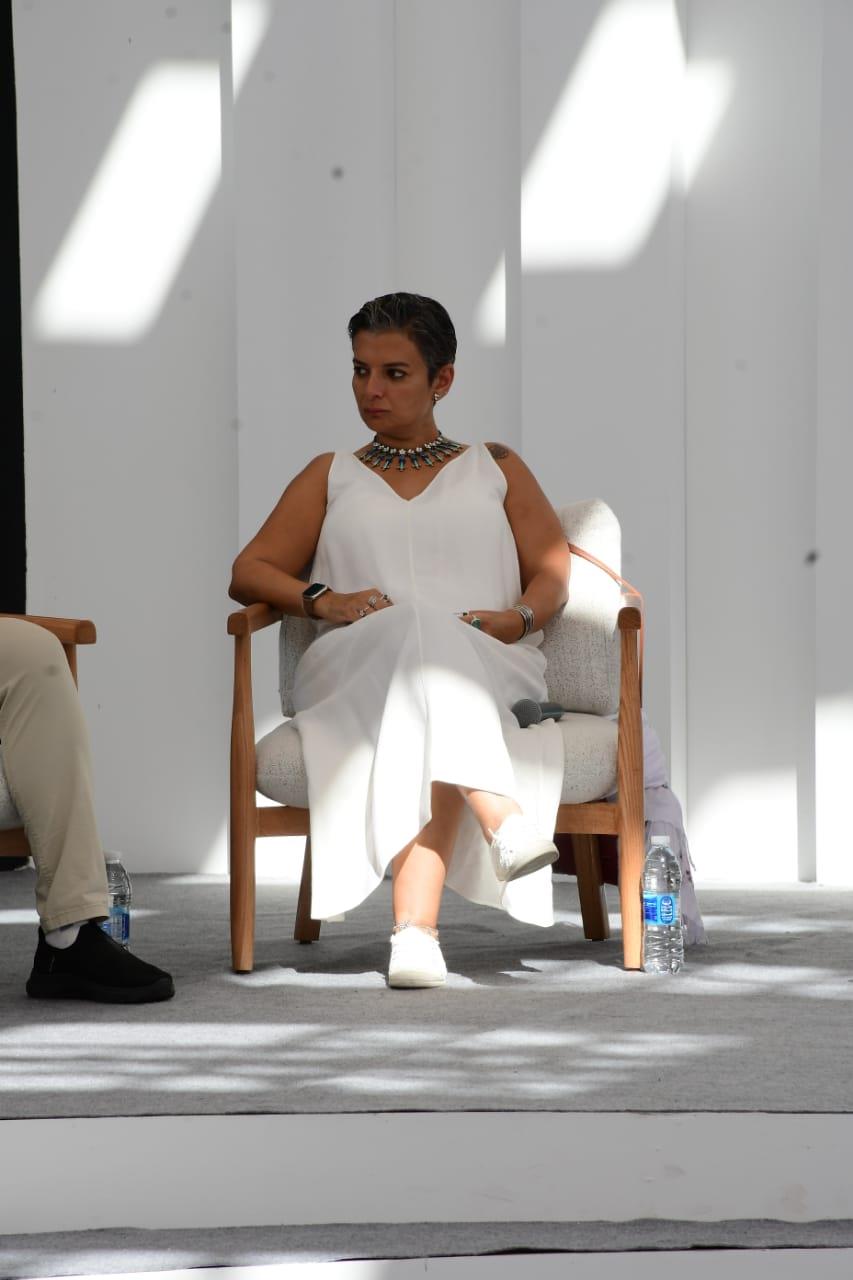
The panellists also addressed the practical challenges involved in adapting literary works. Murad articulated the complexities of converting a novel's prose into a screenplay, stressing the importance of flexibility in interpretation. He dismissed the notion that fidelity to the original text is paramount, instead advocating for a creative approach that enriches the story with visual elements unique to cinema.
Mariam Naoum, on the other hand, elaborated on her methodology, which involves dissecting a literary text into its core components, characters, themes, and messages while maintaining the author's original intent. She underscored that some authors are reluctant to allow adaptations, fearing a loss of their narrative's integrity.
Perspectives on Literary Sanctity
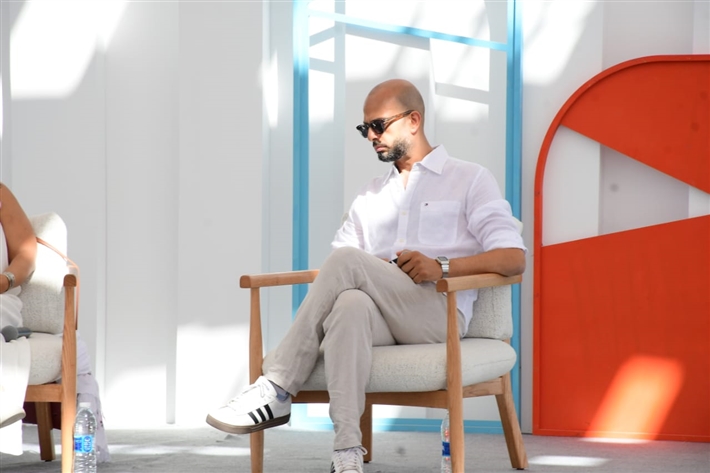
The question of sanctity in literary texts emerged as a pivotal theme. Habib acknowledged a disconnect between literature and cinema, rooted in both cultural perceptions and the logistical realities of adaptation. He recounted his journey with La Totfy2 El Shams, where he prioritised character-driven narratives over political contexts, aiming to resonate with contemporary audiences.
Ahmed Murad elaborated on this, stating that the shift towards award-winning narratives, such as those eager to participate in the prestigious Naguib Mahfouz Award, often sidesteps public interest. He expressed excitement about the possibility of adapting works by other authors, which would allow him to explore new creative avenues.
Mariam's experience with adapting Bent Esmaha Zat exemplified the challenges of compressing extensive social histories into a digestible film format. She noted the lengthy process involved, sometimes taking up to three years to faithfully reconstruct a narrative for the screen.

